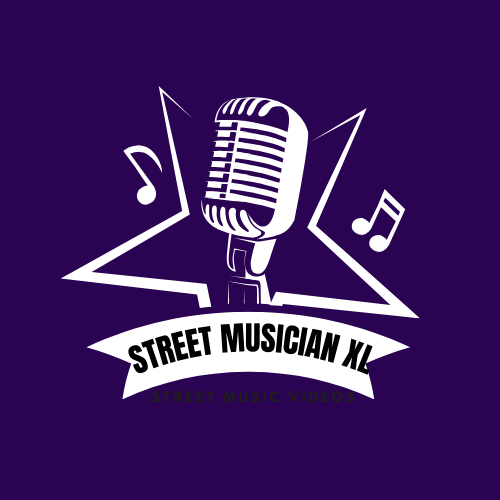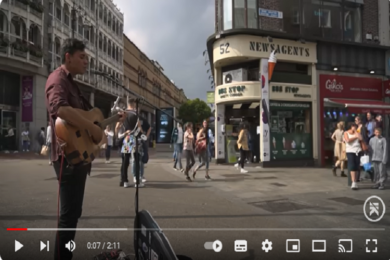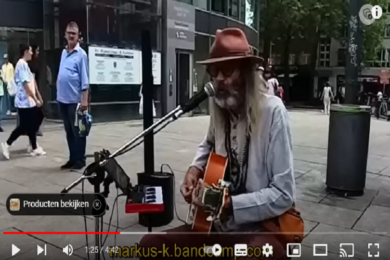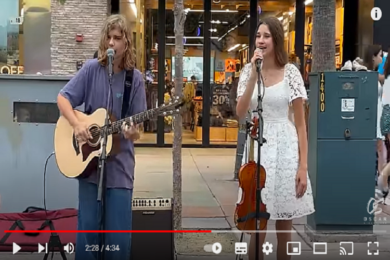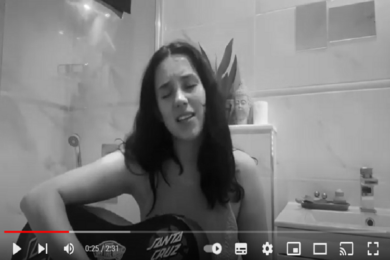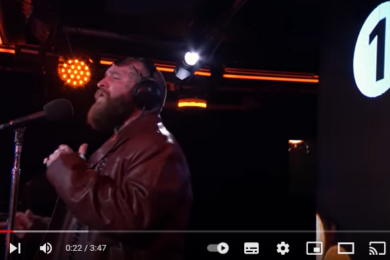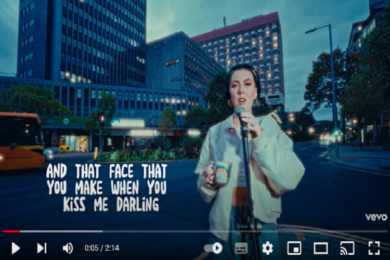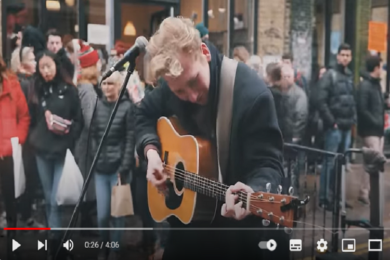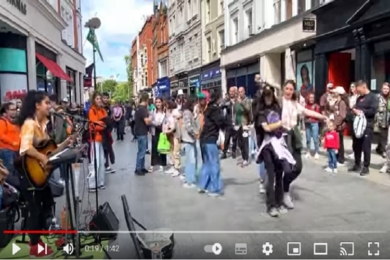Feeling my way through the darkness’: How Dance Music Brings Life to Public Spaces
At its heart, dance music is made to be enjoyed together. Whether it’s EDM, techno, house, trance, synth-pop, rave, or any other type of dance sub-genre, this type of music thrives in social spaces. With that in mind, dance music has always had a close relationship with public performance. So, how did dance become the defining genre of modern-day music? How did it go from dark underground clubs to massive outdoor events? And how does it relate to street performance?
Let’s take a close look.
How dance music became mainstream and changed the nature of public performance. Dancing has always been implied when it comes to, well, just about any form of music. But the broad genre known as ‘dance music’ has had its own unique history.
In the modern era, dance music can be traced back to the likes of early jazz, swing, soul and pop music, produced and performed during the early 20th century. As music, technology, and society evolved, this era saw a greater emphasis on songs and performances which got people out of their seats and onto dance floors.
It was always about public performance. The dance music makers were the kings or queens of the venues they operated in - often modulating setlists or music tempos to better appeal to the crowds they were catering to. And while dance music wasn’t performed much outdoors in the streets, it was nonetheless very popular in dance halls, venues, clubs, and theatres throughout the world.
Later, in the 1960s and 1970s, genres like modern soul, R&B, and disco took the world by storm, leading to the rise of artists like Chic, Diana Ross, Donna Summer, and other big names.
Despite these artists having recorded their music half a century ago,
Their music helped lay the building blocks for dance music as we know it today. With digital production becoming a key component of music in the 1980s and onwards, many artists, producers, and DJs began remixing, modulating, synthesizing, and sampling old disco and soul records, turning them into something new entirely.
This ushered in dance music as we know it. The 1990s saw dance music acts - like Fatboy Slim and The Chemical Brothers - take over major festival line-ups. A decade later, the world witnessed the chart-topping success of artists like Calvin Harris, Avicii, David Guetta, and Swedish House Mafia, as well as dozens of other major names.
With the success of these artists, dance music became mainstream music. Whereas pop and rock music had previously dominated the musical airwaves and received top billing at public music events, modern audiences were demanding to see dance acts more than any other performers.
With dance music’s growth, we’ve also witnessed an evolution in street music performance.
What role does dance music have to play in street performance?
Dance music has been most closely associated with clubs and indoor venues rather than in outdoor public spaces or clubs. In fact, dance music has helped birth some of the most iconic indoor venues in music history, such as London’s Fabric Club, Berghain in Berlin, Warehouse in Chicago, and Pacha in Ibiza.
With that in mind, dance music doesn’t naturally lend itself to busking - at least not in the most recognizable definition of busking. While guitar players, rappers, drummers, and singer-songwriters often make their mark on the public through the electricity of performing live, the very nature of dance music - by contrast - involves pre-planned setlists, or pre-recorded beats, effects, synths, or other components. It’s not “live” - at least not how we normally expect. Similarly, some cities have strict laws about what constitutes busking, often meaning that dance music artists are marginalized.
However, dance music does have an important place in street performance.
As one example, live performances by dancers - designed to dazzle and wow passing audiences - require music that matches the liveliness and energy of the dancers. Often, dance performances will either feature their own dance-oriented DJ or involve a carefully chosen setlist of dance tracks geared towards capturing attention within a public space. In both cases, dance music itself becomes critical to making sure street dance performances are a success.
Elsewhere, dance music is a vital component of more structured public events, such as street festivals or outdoor gigs. At its most elemental level, dance music enlivens social spaces, encouraging people to be less inhibited and fostering a sense of togetherness within crowds of individuals. These dance gatherings can either be meticulously planned (such as a major DJ or performer booked for a venue months in advance), or they can be hastily thrown together (such as an outdoor rave with a possibly dubious legal nature…) The makeshift character of DJ booths means that a DJ’s turntable kit or music production equipment can be set up almost anywhere - with audiences flocking to where the music emanates from in an almost primal, yet joyous, way!
Conclusion: Dance music is street music - in the right setting
It goes without saying, but the best DJs and dance music artists thrive on live performances. It doesn’t matter whether it’s old-school swing music, obscure underground disco music, or modern-day EDM or rave music - no dance artist wants to deliver a performance to a crowd and find that their audience…you know…won’t dance.
With that in mind, dance music has an obvious natural home in public spaces. The music is geared towards an audience, and the set is modified and constructed to get said audience to dance.
But dance music differs from other types of music - like rock, pop, and hip-hop - in that it doesn’t have the same spontaneity or intimacy. This means we don’t often find DJ-buskers on our city streets.
However, this type of music obviously goes hand in hand with dancers who enliven city thoroughfares with their jaw-dropping performances. At the same time, street festivals and outdoor public events would be nothing with dance music there to enliven the atmosphere.
Dance music has an important place as street music.
